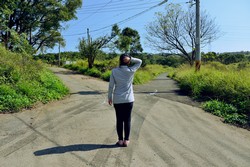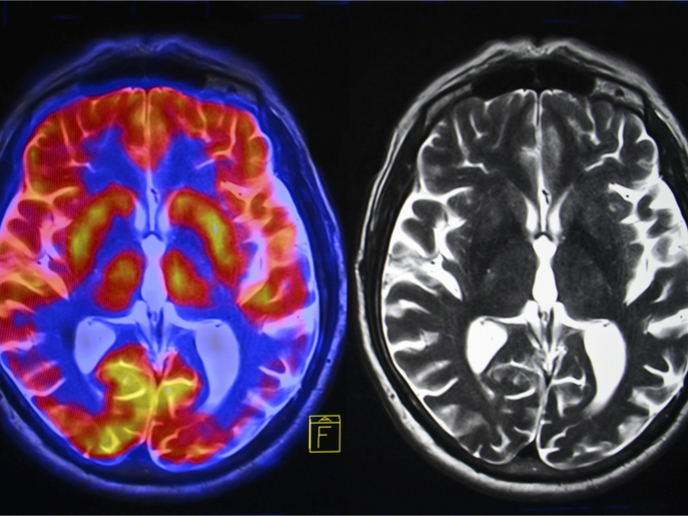How you find your way back home
During our daily lives, we must find our way through both known and unknown spatial environments. This involves learning how to find our way back, making detours and finding shortcuts. It is this ability to remember spatial surroundings and act upon this information that was studied by the SPATIAL MEMORY (Neural correlates of spatial memory in children and adults) project. Scientists used a combination of different neuro imaging and behavioural techniques to investigate the development of spatial skills, the underlying neural correlates of spatial representations and spatial wayfinding mechanisms. Neural correlates can be described as brain activity that corresponds with and is necessary to produce a particular experience. The project also examined individual differences in navigation ability the development of spatial skills. Research in adults showed that landmarks used in successful navigation activate a region in the brain’s medial temporal lobe known as the parahippocampal gyrus (PHG). This occurs during the learning of a new environment and during retrieval of the information. Furthermore, anatomical differences were observed in the grey and white matter in these regions, which were associated with navigational ability. Studies of children and adolescents between the ages of 8 and 18 years indicated that the selective response to relevant landmarks in the PHG gradually increased with age. Remarkably, young children between the ages of 2 and 3 showed transitional development in the use of spatial cues within the relatively short period of 5 months. In addition, individual differences in daily living skills play an important role in developing adult-like orientation strategies. Indeed, researchers using electroencephalography were able to detect markers in spatial skills in one-year-old infants. SPATIAL MEMORY therefore demonstrated both gradual and stepwise changes, which depended upon a child’s age as well as the type of spatial information given. These results will provide valuable new insights into the nature of human spatial thinking in both children and adults.







